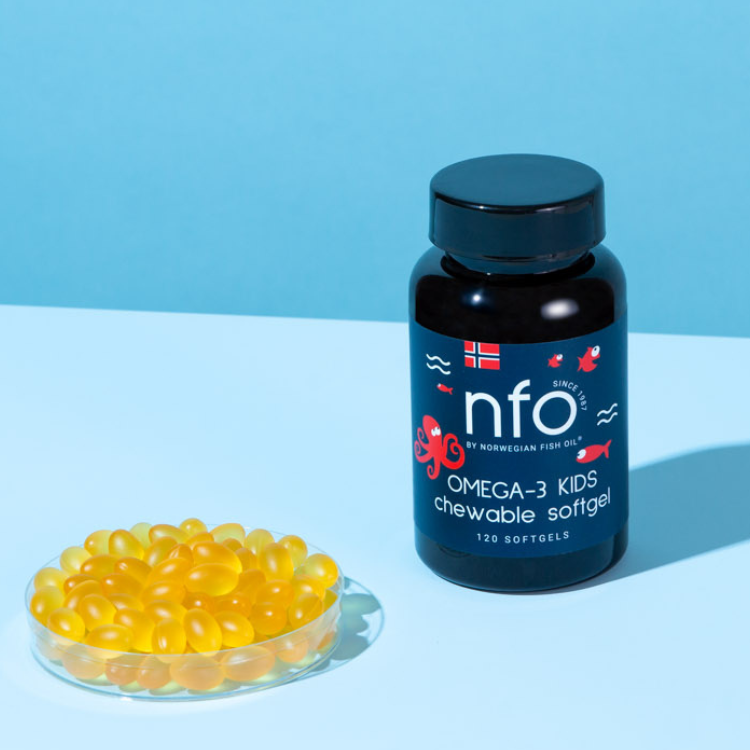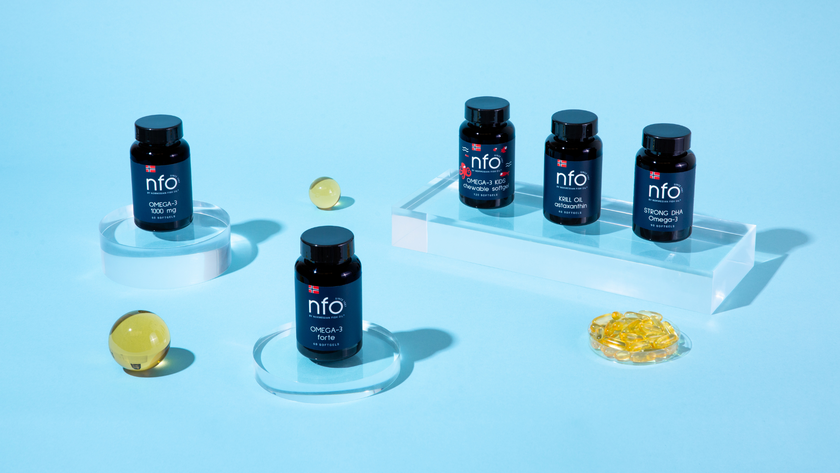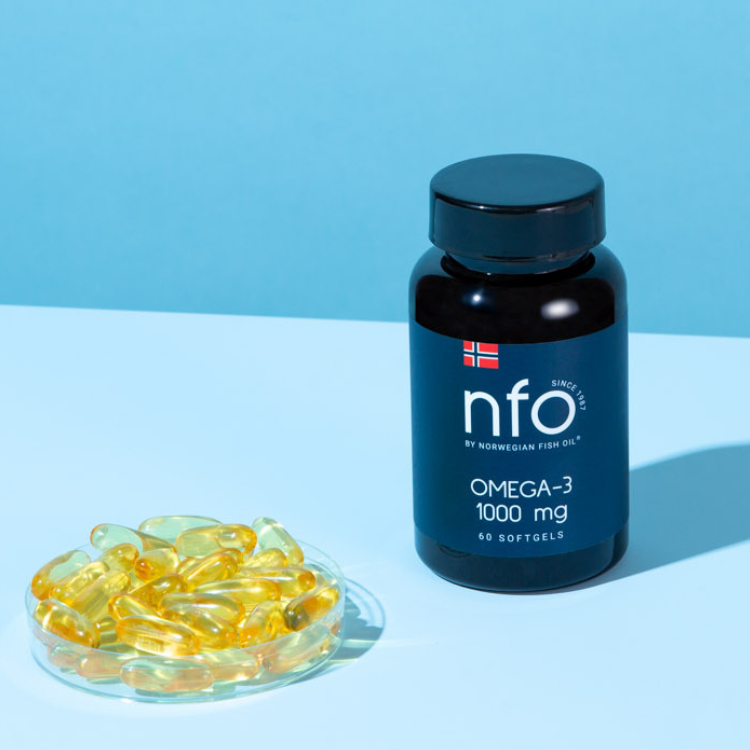Omega-3 fatty acids are essential nutrients known for their health benefits, including supporting heart health, reducing inflammation, and promoting eye health. These fatty acids are commonly consumed through fish oil supplements, which are available in two primary forms: triglycerides (TG) and ethyl esters (EE). Understanding the differences between these forms is crucial, as it can influence the efficacy and safety of supplementation.
Chemical Structures and Production Processes
In their natural state, omega-3 fatty acids in fish are primarily found as triglycerides. A triglyceride molecule consists of three fatty acid chains attached to a glycerol backbone. During the processing of fish oil, these triglycerides can be converted into ethyl esters through a process called trans-esterification. This allows manufacturers to produce supplements with higher doses of EPA and DHA.
Bioavailability: How the Body Absorbs Omega-3s
Bioavailability refers to the proportion of a nutrient that is absorbed and utilized by the body. Studies have shown mixed results regarding the bioavailability of omega-3 fatty acids from TG and EE forms. Some research suggests that the triglyceride form is more readily absorbed, while other studies indicate no significant difference between the two forms.
Stability and Shelf Life
The chemical structure of ethyl esters makes them more prone to oxidation, which can lead to rancidity and reduced efficacy. Triglycerides, being the natural form, are generally more stable and less susceptible to oxidative damage.
Health Implications and Efficacy
Both forms of fish oil supplements have documented health benefits. Some studies suggest that the triglyceride form may be more effective in raising plasma levels of EPA and DHA, potentially enhancing its benefits. However, both forms remain viable options when consumed at appropriate dosages.
Cost Considerations
Producing triglyceride-based supplements is more expensive due to additional processing, making them pricier than ethyl ester counterparts. Consumers should weigh potential benefits against cost when choosing between the two forms.
Conclusion
Both triglyceride and ethyl ester forms of fish oil supplements provide essential omega-3 fatty acids that support health. While there are differences in chemical structure, bioavailability, stability, and cost, the choice between TG and EE forms should be guided by individual health goals and budget considerations.
References
- Bailey, R.L., et al. (2013). Why US adults use dietary supplements. JAMA Internal Medicine, 173(5), 355-361.
- Shahidi, F. (Ed.). (2005). Bailey’s Industrial Oil and Fat Products. Hoboken, USA: John Wiley and Sons.
- British Pharmacopoeia 2012 Online. (2011). Omega-3-Acid Ethyl Esters 90.
- More references available upon request.









